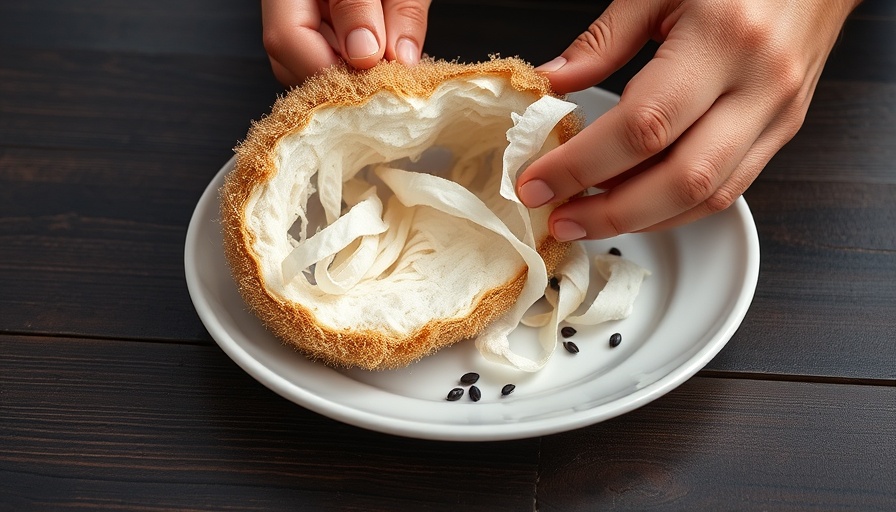
Growing Your Own Shower Sponge: A Sustainable Choice
In an era where sustainability is more important than ever, the idea of growing your own shower sponge is not just innovative but also a delightful gardening project. Imagine stepping into your shower and knowing that your sponge came straight from your own garden. A loofah sponge, or luffa, is actually a gourd that transforms during its growth—perfect for urban gardeners in Metro Vancouver looking to maximize their limited space. With the right approach, you can reap the benefits of this eco-friendly plant.
In 'I grew my own shower sponge...', the discussion highlights the innovative approach of sustainable gardening, inspiring us to delve deeper into the importance of urban farming.
Unique Benefits of Growing Loofah
Not only does growing your own loofah contribute to sustainable living, but it also offers a plethora of other benefits. First, loofah plants are biodegradable, making them an environmentally friendly alternative to synthetic sponges that often end up in landfills. Additionally, they are easy to care for, requiring minimal maintenance once established. The satisfaction of growing your own sponges means you'll also have the pleasure of using a product that you nurtured from seed to shower!
Step-by-Step Guide to Cultivating Loofah in Small Spaces
For urban gardeners in Metro Vancouver with limited outdoor space, growing loofah can still be achievable. Here’s a simple step-by-step guide:
Choose the Right Spot: Loofahs thrive in sunny locations with at least six hours of direct sunlight every day. They can climb, so utilizing vertical gardening techniques like trellises or railing planters can save space.
Start from Seeds: Pre-soak your loofah seeds for 24 hours to encourage germination. Plant them in compost-rich soil and ensure they are watered regularly.
Support Growth: As they grow, train the vines to climb on your vertical setup. This not only saves ground space but allows for better air circulation and sun exposure.
Harvesting: Once your loofah has matured, typically around 90 days, it will turn brown. The outer skin can be peeled away, revealing the fibrous interior which will serve as your sponge.
Inspiring Local Gardening Examples
Metro Vancouver is full of inspiring examples of local gardening efforts. Many community gardens are popping up throughout neighborhoods, encouraging residents to grow on shared plots. Considering a loofah sponge in your home garden aligns with the growing trend towards urban farming, enhancing not just your personal space but the community’s sustainability ethos.
Final Thoughts and A Call to Action
Making the shift to grow your own loofah not only fosters sustainability but also reconnects you with your food sources and natural materials. So, why not give it a shot? Share your journey and engage with local gardening audiences. If you want to explore more about gardening ideas tailored for small spaces, consider joining community workshops or online groups dedicated to urban gardening. Together, we can cultivate more green spaces in our urban environments!
 Add Row
Add Row  Add
Add 




Write A Comment